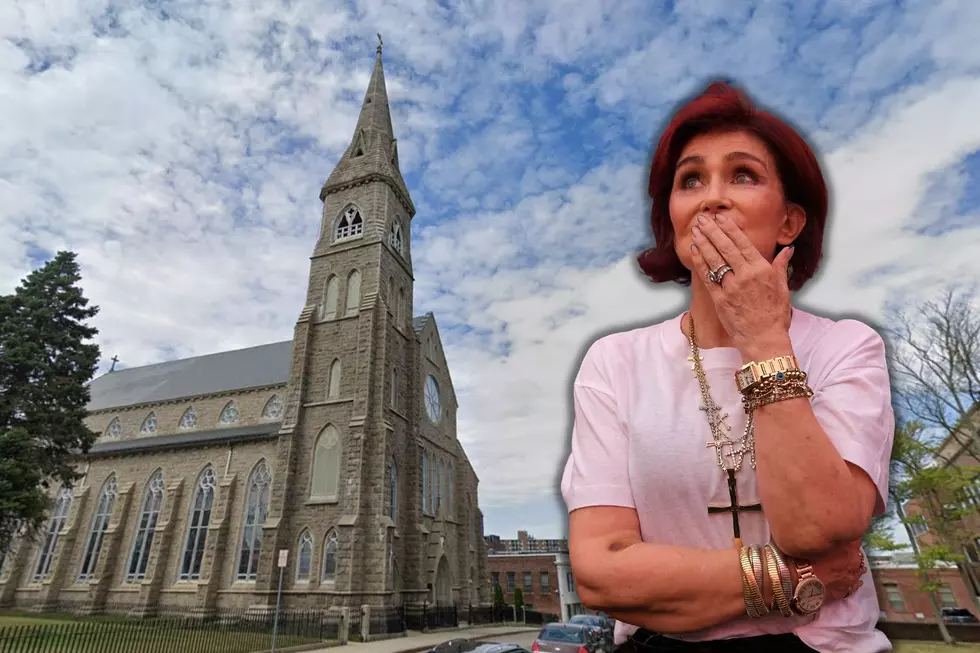
The Amount of Student Loan Debt that Rhode Islanders Owe May Surprise You
The Biden-Harris Administration announced on Wednesday their plan for Student Debt Relief. It’s a three-part plan consisting of the final extension for loan repayment pause, loan forgiveness, and making the student loan system more manageable.
So, how much debt has been looming over Rhode Island grads? Surprisingly, it’s less than the national average.
Student Loan Debt in the United States
According to the Education Data Initiative, the average federal student loan debt totals $29 billion per state, with the District of Columbia having the nation’s highest average federal student loan debt at $54,945 per borrower. In every state, adults 25 to 34 years old are the largest indebted age group.
Student Loan Debt in Rhode Island
“In Rhode Island, people are a little less likely to have college debt and owe much less than the national average individual debt,” said Education Data Initiative.
13.1% of state residents have student loan debt with an average of $32,056. With prestigious schools like Brown and RISD in the Ocean State, these numbers surprised me, but nevertheless, I find myself amongst the 13% of residents who are plagued with a mountain of debt.
Biden-Harris Administration Student Debt Relief Plan
The Relief Plan breaks down into three parts. Part 1 gives a final pause on student loan repayments, with payments resuming in January 2023.
Part 2 provides targeted debt relief to low- and middle-income families.

“The US Department of Education will provide up to $20,000 in debt cancellation to Pell Grant Recipients with loans held by the Department of Education and up to $10,000 in debt cancellation to non-Pell Grant recipients,” said Federal Student Aid. Individuals with an income of less than $125,000 or households with an income of less than $250,000 are eligible for this relief.
Part 3 aims to make the student loan system more manageable for current and future borrowers. The Biden-Harris administration is proposing a rule to create a new income-driven repayment plan that will “substantially reduce future monthly payments” for borrowers.
Giving Millenials a Second Chance
At 29 years old, my student loan debt has barely budged, and that is not from a lack of payments. When applying for college, I was expected to make critical decisions about my financial future at the age of 17, a concept that sounds so silly to this day.
I was told as an eager freshman that student debt would be manageable with repayment options, but interest rates and the cost of my monthly payments were never addressed. I continue to pay off my debt and chip away at an endless mountain of dollar signs. Millennials, like myself, were told college was the only option for our future. That shouldn’t coincide with unavoidable debt.
This loan forgiveness plan is a start to allowing students and graduates to have a more financially stable future.
How to Get Student Debt Relief in Rhode Island
Federal Student Aid plans on announcing more details on how to ensure you get your money in the coming weeks. The first step of the forgiveness plan has already been set in motion automatically by offering you one more pause on your payments.
In the meantime, make sure to provide your income data to the US Department of Education. If they do not have your income data, or if you are not sure if they have it, the Administration will be launching a simple application in the coming weeks to get you started.
Sign up to the Department of Education subscription page to be notified when the forgiveness process has officially started and the application is up and running.
Top 10 SouthCoast Public High Schools
More From WFHN-FM/FUN 107








![New Bedford Dog Hopes to Bring His Friendly Energy to a Forever Family [WET NOSE WEDNESDAY]](http://townsquare.media/site/519/files/2023/11/attachment-Untitled-design-88.jpg?w=980&q=75)
